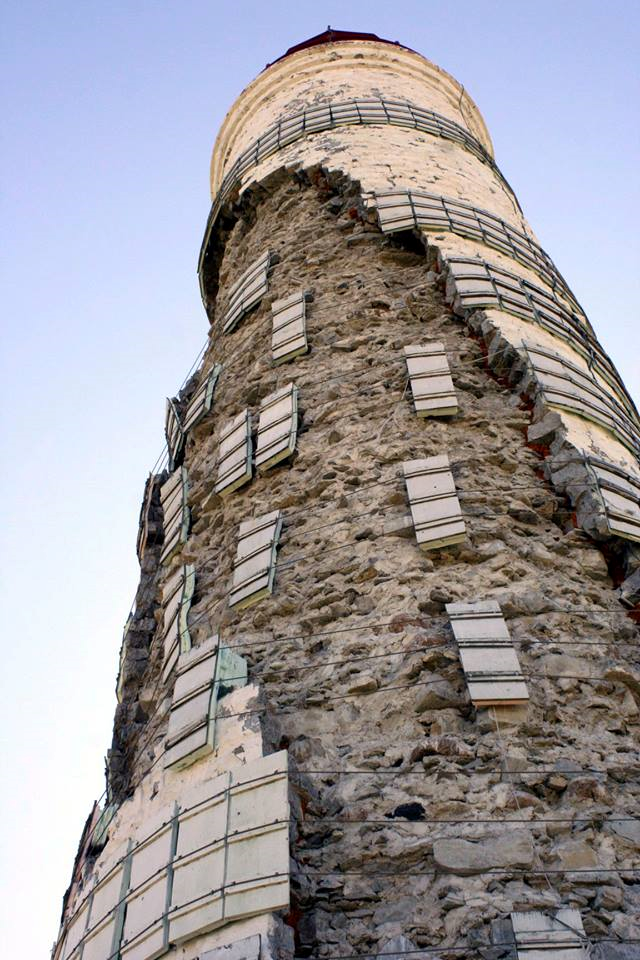Federally-owned Lighthouses

Federally-owned lighthouses deteriorate despite heritage legislation: Sambro Island, NS; Terence Bay, NS; Gannet Rock, NB; Nottawasaga Island, ON; Main Duck Island, ON; and many more across the country.
Why it matters:
Lighthouses form an integral part of Canada’s identity, culture and history. They are monuments to Canada’s proud maritime heritage and important for the economic and social sustainability of the communities they are tied to. In recognition of their value, elected officials, HCNT, the Nova Scotia Lighthouse Preservation Society and others worked tirelessly to achieve legal protection for them, in the form of the Heritage Lighthouse Protection Act. But many of Canada’s heritage lighthouses remain at risk.
Why they’re endangered:
Lighthouses that are declared “surplus to operational requirements” cannot be protected under the Heritage Lighthouse Protection Act unless a group or individual makes a written commitment to take over financial responsibilty for them. Most lighthouses are held by the federal Department of Fisheries and Oceans (DFO), and shortly after the Act passed into law, DFO shocked lighthouse advocates by declaring virtually all its lighthouses surplus. This move shifted the responsibility for lighthouse protection almost entirely onto local communities. While communities have nominated 347 lighthouses for designation, only a small percentage have made proposals to acquire and maintain them—likely because funding is scarce, and also because many are complex, remote structures that need regular investment and special equipment: for example, Nottawasaga Island (ON), one of only six Imperial towers built in the 1850s; Gannet Rock (NB); and Sambro Island (NS), the oldest operating light in the Americas—all nominated to this year’s Endangered List; as well as Cap-des-Rosiers (QC), named in 2013 and Southwest Point (QC) in 2006. This leaves the fate of these lighthouses, unquestionably iconic and historic, in limbo. In some cases, such as the Terence Bay Lighthouse, and the Main Duck Island Lighthouse and Fog Alarm Building, the community is keen and prepared to take on ownership, but will be challenged to fund ongoing maintenance on their own.
Where things stand:
In its March 2011 Report on the Implementation of the Heritage Lighthouse Protection Act, the Standing Senate Committee on Fisheries and Oceans recommended that the Government of Canada provide seed funding to help launch a comprehensive campaign dedicated to raising funds for the restoration and preservation of Canada’s remaining historic lighthouses. HCNT launched a nation-wide petition in support of this funding call in January 2012 and garnered thousands of signatures from across Canada. In April 2012, HCF launched an endowed fund providing grants for the repair and conservation of lighthouses on Nova Scotia’s Fundy Shore.
Today, HCNT is working with the Nova Scotia Lighthouse Preservation Society to find a solution to the lighthouse funding crisis in the remainder of that province, with a broader goal to inspire Government investment in the efforts of communities across Canada to reclaim surplus lighthouses.
Location: National
Top 10 Endangered Places List: 2014
Status: Endangered
